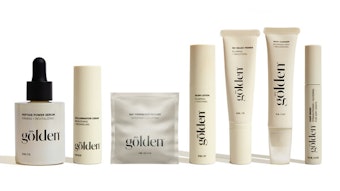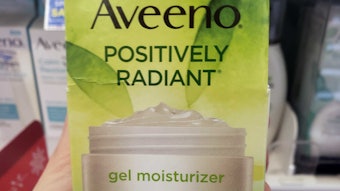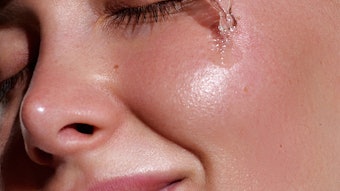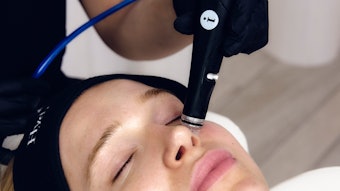Historically, personal care cleansing products for children have been developed for children with normal or sensitive skin. While sensitive skin is certainly an important issue, the next evolution in products should address the lack of aesthetically pleasing products that can be used on children with more serious conditions like atopic dermatitis.
Atopic dermatitis (AD), commonly known as eczema, is a severe condition with more consistent and measurable symptoms than sensitive skin. Atopic dermatitis also is a chronic inflammatory condition generally classified as a Type I hypersensitivity of the immune system and belongs to a family of atopic diseases. In addition, reports of altered lipid metabolism within atopic skin have been shown to reduce the overall barrier properties of the skin. This makes the child more susceptible to irritation from chemical and environmental stresses.
Atopic dermatitis typically appears early in life, with 49–70% of childhood AD manifesting before 6 months of age and 80–90% of patients exhibiting the disease before the age of five. Although it is difficult to identify exactly how many people are affected by AD, an estimated 20% of infants and young children experience the symptoms of the disease. Atopic dermatitis accounts for 10–20% of all children’s visits to a dermatologist. The overall financial impact on the health industry is significant with US health insurance companies spending more than US$1 billion per year on AD.










